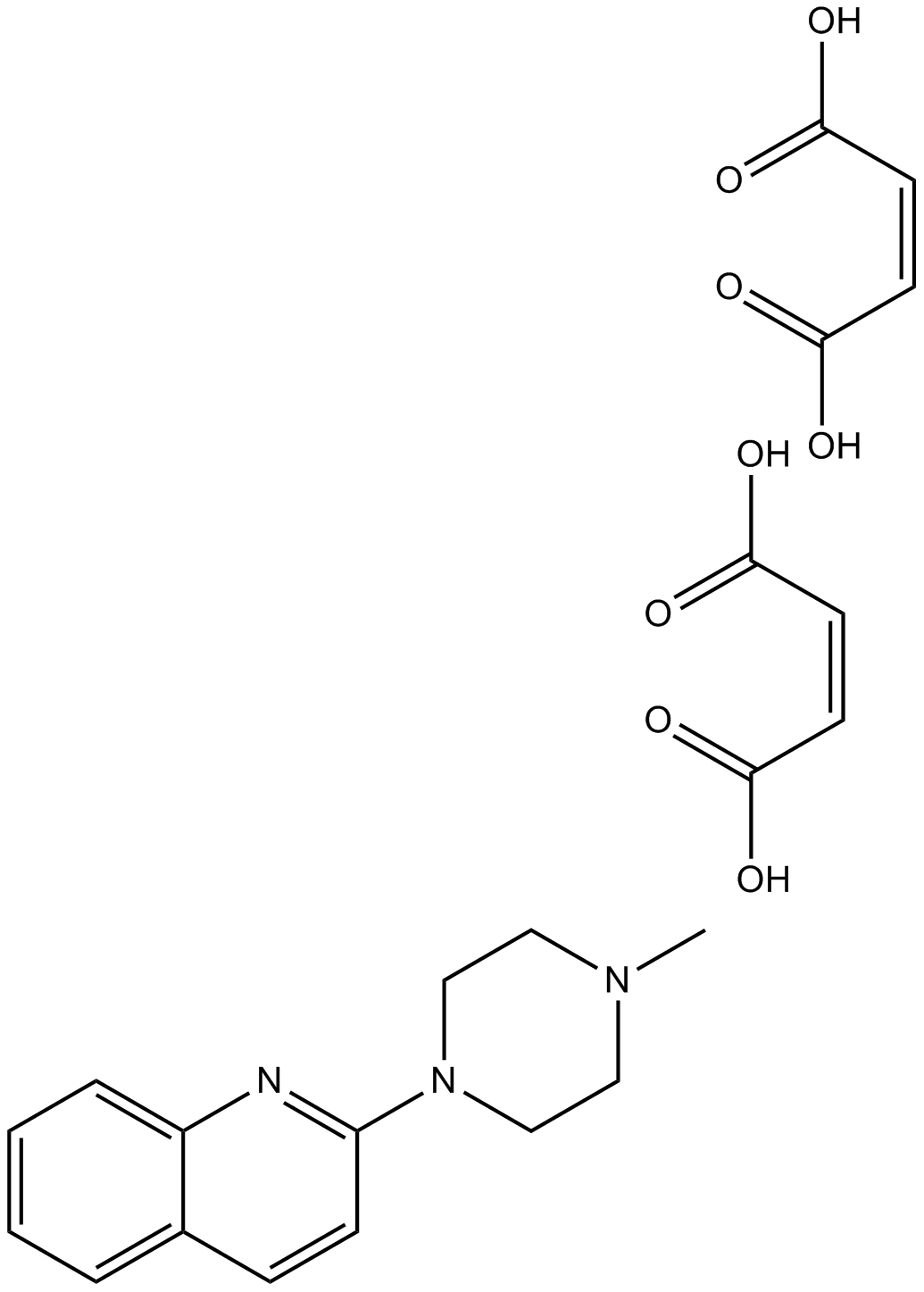Archives
Nevertheless other subtype D genes in CRF cpx gag and
Nevertheless, other subtype D genes in CRF19_cpx (gag and nef) not investigated in this study might also be associated with increased viral replication and in vivo pathogenesis. In HIV-1, Gag and Nef have been documented to contain the highest CD8 epitope density and are more frequently recognized by the immune system (Frahm et al., 2004). Notably, amino cathepsin inhibitor substitution T242N in the Gag p24 TW10 epitope is highly associated with viral escape from the immune system (Leslie et al., 2004). Subtype D-infected patients more often, and subtype A infected patient less often display this T242N (Li et al., 2013). However, T242N in subtype D reduces the viral replication and fitness of the virus (Martinez-Picado et al., 2006), while CRF19-infected patients present a very high viral load. Another important protein is Nef, which is responsible for the down-regulation of CD4 and HLA expression and up-regulation of immature HLA class II expression (Wang, 2013). Furthermore, infection by HIV-1 with a truncated Nef contributes to low-level viral replication and non-pathogenicity (Deacon et al., 1995). However, subtype B Nef was found to be a better HLA class I down-regulator in normal progressors than subtype D Nef. Yet, subtypes D and A were similar in Nef-mediated CD4 and HLA class I down-regulation (Mann et al., 2013).
The following are the supplementary data related to this article.
Authors\' Contributions
Funding
This work was supported by grants from the Vlaamse Interuniversitaire Raad (VLIR) (ZEIN2008PR358), a collaborative fund between Wallony and Cuba (CF/JF/PD/Cu-2009/28422), the Global Fund to Fight AIDS, Tuberculosis and Malaria, the University of Leuven (PF/10/018) and the Fonds voor Wetenschappelijk Onderzoek Vlaanderen (1.5.236.11N and G.0692.14). The computational resources and services used in this work were provided by the Hercules Foundation and the Flemish Government — department EWI-FWO Krediet aan Navorsers (Theys, KAN2012 1.5.249.12); AMV was supported by \"Programa Ciências sem fronteiras\" Conselho Nacional de Desenvolvimento Cientifico e Tecnológico (CNPq) of Brazil. RK was supported by an IRO scholarship-KU Leuven and KT was supported by the Research Foundation — Flanders (FWO). We declare that funding sources had no role in the study design, data collection, data interpretation or writing of the report.
Conflict of Interest Disclosure
Acknowledgments
Introduction
Estrogen-receptor (ER) negative breast cancer comprises 25–30% of all sporadic breast cancer and is characterized by advanced histological grade, aggressive clinical behavior, a high rate of metastasis to the brain and lung, and resistance to hormone deprivation therapy (Yersal and Barutca, 2014; Sorlie et al., 2001; Rakha et al., 2008a). Based on molecular profiling (Yersal and Barutca, 2014; Sotiriou and Pusztai, 2009), these cancers generally fall into two subtypes: (1) HER2-enriched tumors (those with overexpression or amplification of human epidermal growth factor receptor 2 [HER2]) and (2) basal-like tumors (which generally do not express estrogen or progesterone receptors or HER2/neu, but have high levels of basal markers and/or epidermal growth factor receptor expression and a high rate of TP53 mutations) (Sorlie et al., 2001; Perou et al., 2000).
The pathogenesis of the basal-like subtype has not been defined, but some studies have suggested an association with dysfunction of the DNA repair BRCA1 pathway (Turner et al., 2004, 2007; Mueller and Roskelley, 2003; Valentin et al., 2012). The basal-like subtype is frequent in women with BRCA1 germline mutations (Foulkes et al., 2003) who are at markedly increased risk of breast cancer. Levels of BRCA1 expression have also been reported to be low in women with sporadic breast cancers that have basal-like features (Turner et al., 2007; Mueller and Roskelley, 2003), and may be related to the frequent loss of heterozygosity at the breast cancer tumor susceptibility locus on chromosome 17q21 (Staff et al., 2003) and/or BRCA1 promoter hypermethylation (Birgisdottir et al., 2006) or increased expression of negative regulatory factors (Turner et al., 2007; Garcia et al., 2011; Z.Q. Wu et al., 2012).
mutations) (Sorlie et al., 2001; Perou et al., 2000).
The pathogenesis of the basal-like subtype has not been defined, but some studies have suggested an association with dysfunction of the DNA repair BRCA1 pathway (Turner et al., 2004, 2007; Mueller and Roskelley, 2003; Valentin et al., 2012). The basal-like subtype is frequent in women with BRCA1 germline mutations (Foulkes et al., 2003) who are at markedly increased risk of breast cancer. Levels of BRCA1 expression have also been reported to be low in women with sporadic breast cancers that have basal-like features (Turner et al., 2007; Mueller and Roskelley, 2003), and may be related to the frequent loss of heterozygosity at the breast cancer tumor susceptibility locus on chromosome 17q21 (Staff et al., 2003) and/or BRCA1 promoter hypermethylation (Birgisdottir et al., 2006) or increased expression of negative regulatory factors (Turner et al., 2007; Garcia et al., 2011; Z.Q. Wu et al., 2012).